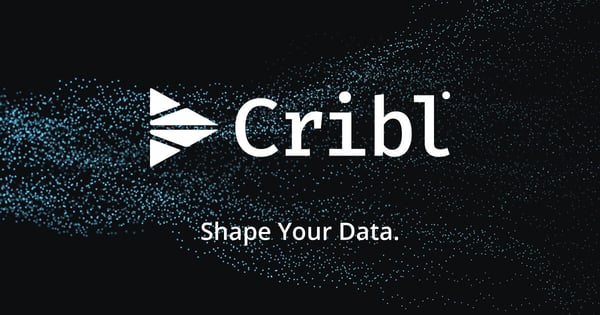At NETbuilder, we often hear about the critical role observability plays in managing complex IT systems. However, a common misconception is that observability is solely the domain of technical teams like developers and IT operations.
While it's true that these teams rely heavily on observability to ensure system performance and uptime, the reality is that its benefits extend far beyond the technical sphere. Observability offers a holistic view of an organization's operations, providing invaluable insights not only into technical infrastructure but also into customer behavior, market trends, and business processes.
Observability: Not Just for the Tech Team
Observability transcends the technical boundaries of servers and code. It offers a comprehensive view of how various components within an organization interact and perform. This includes not only technical metrics but also data that can shed light on customer behavior and market trends.
For instance, if there's a surge in website traffic, observability can help discern whether this spike is due to a successful marketing campaign or an unforeseen technical issue. Such insights are crucial for strategic decision-making that impacts the company's bottom line.
The Broad Benefits of Observability for Non-Technical Teams
Marketing
For marketing teams, observability can provide detailed analytics on website traffic patterns, user engagement, and the effectiveness of different campaigns. This data allows marketers to fine-tune their strategies, ensuring that their efforts are reaching the right audience and yielding the desired results.
Sales
Sales teams can leverage observability data to better understand customer journeys and engagement metrics. This information helps identify high-potential leads, allowing sales professionals to tailor their pitches more effectively and prioritize their outreach efforts.
Customer Support
Customer support teams can benefit immensely from real-time monitoring and sentiment analysis. By keeping an eye on customer feedback and support interactions, these teams can proactively address issues, enhance customer satisfaction, and reduce churn.
Real-World Applications: Observability in Action
Netflix uses observability not only to maintain the health of their streaming infrastructure but also to analyze viewer behavior and preferences. This data-driven approach enables them to recommend personalized content, thereby enhancing viewer engagement and satisfaction.
Similarly, Airbnb and Slack employ observability to ensure the smooth operation of their platforms and to gain insights into user interactions, which in turn informs their product development and customer service strategies.
Cultivating a Culture of Observability
Fostering a culture of observability within an organization can yield significant benefits. When data and insights are accessible to all teams, not just technical ones, it promotes a collaborative environment where informed, data-driven decisions are the norm. This holistic approach aligns departmental goals with the organization's strategic objectives, enhancing overall performance and driving growth.





